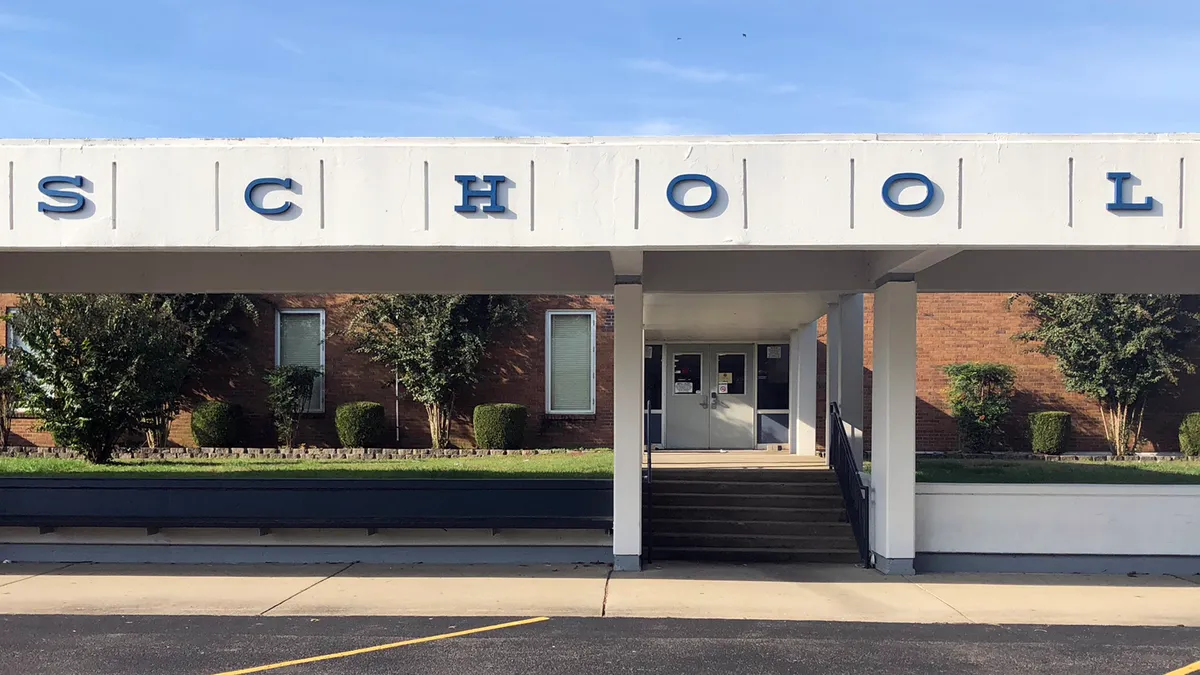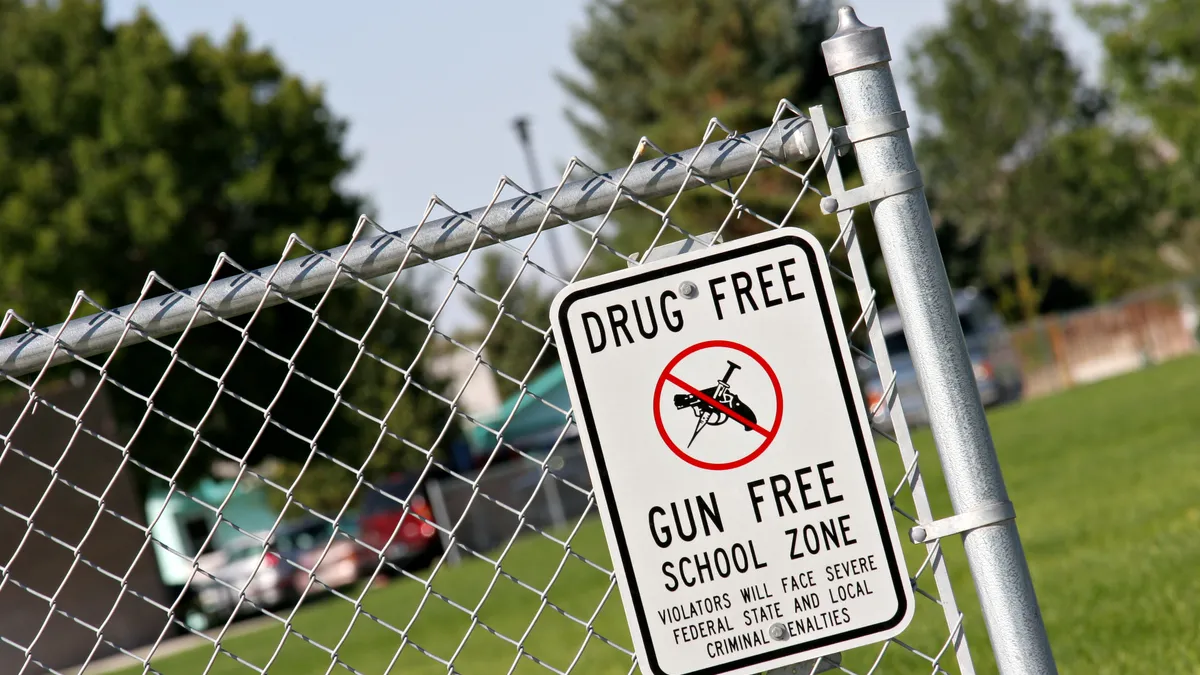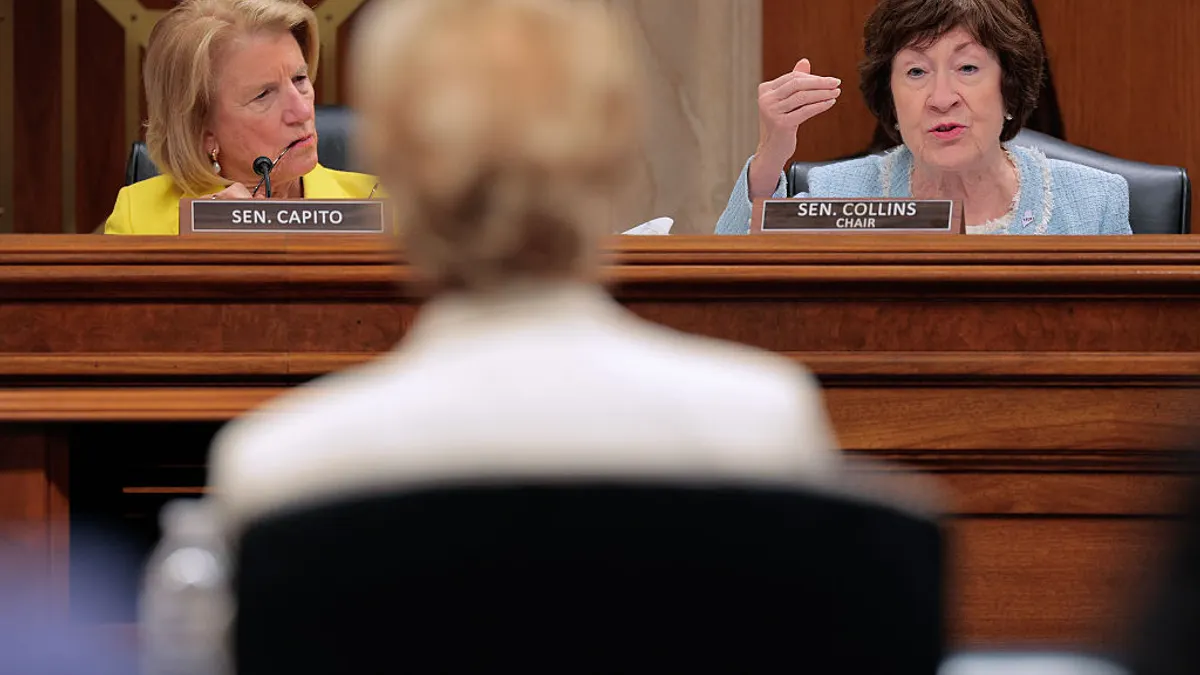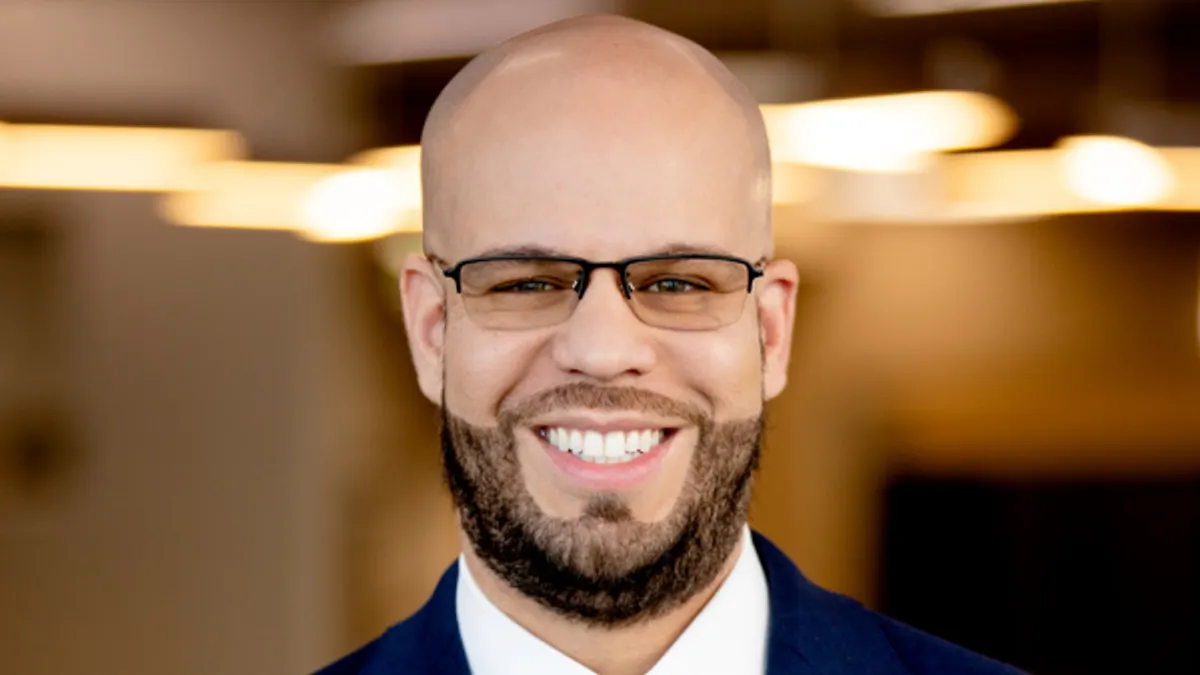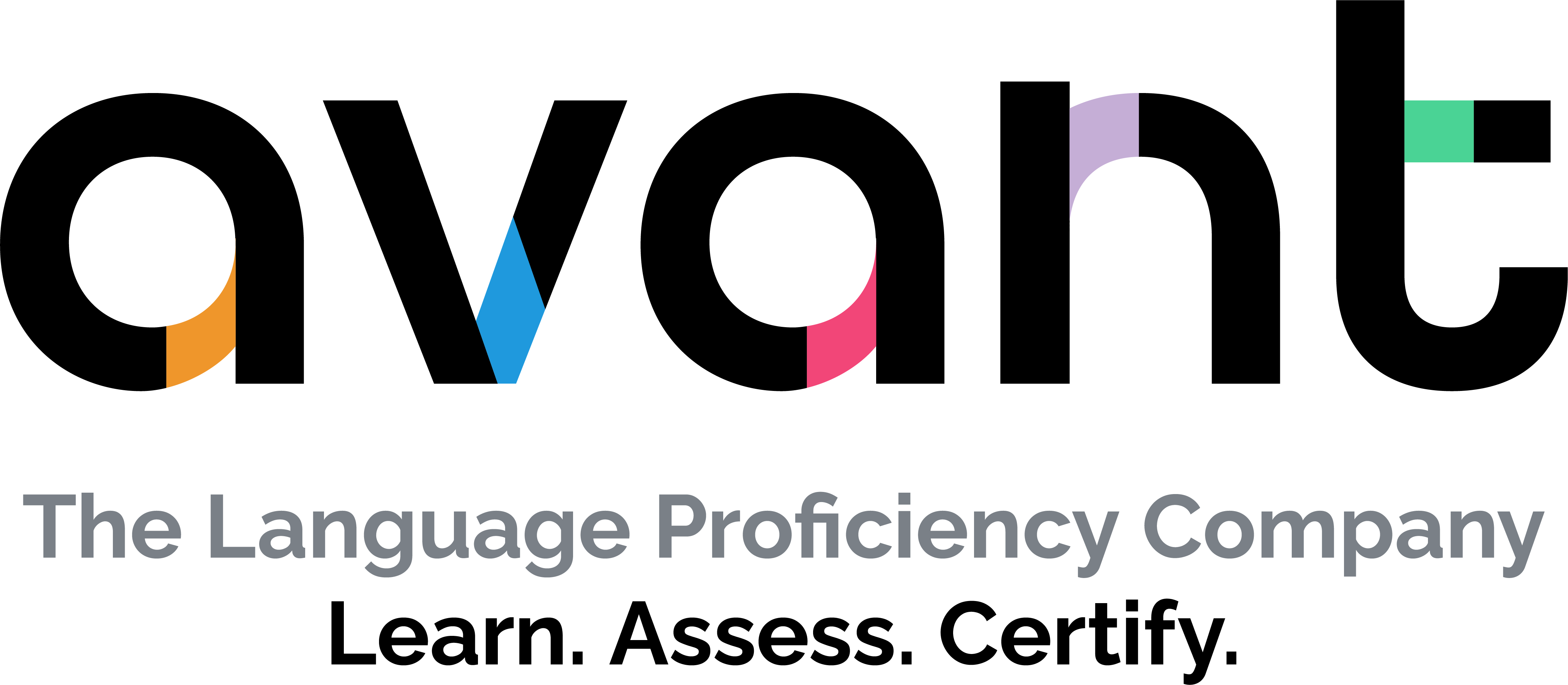A movement in California to expand the number of community schools aims to revitalize neighborhoods suffering from low student enrollment, disappointing academic achievement and barriers to access for health services, say those involved in the effort.
This spring, the state launched the California Community Schools Partnership Program — a seven-year $3 billion effort to prioritize “whole child" supports in what it said is the "most ambitious" commitment to community schools in the nation.
Community schools are public schools operated at the local level that provide direct access to other supports, such as healthcare, social services, youth development, community engagement and more.
Included in the California initiative are planning and implementation grants and a three-year, $12 million grant to launch a Lead Technical Assistance Center to assist school communities.
Supporting expansion
At the helm of the new technical assistance program is the Alameda County Office of Education, which provides academic and fiscal oversight to 18 school districts around the Oakland area. The University of California, Los Angeles Center for Community Schooling is assisting the Alameda office as co-lead of the technical assistance center, with the National Education Association and Californians for Justice working as partners in the effort.
While momentum is strong for the expansion, and research abounds about the effectiveness of community schools, the technical assistance center faces the daunting task of managing budgets, accountability frameworks and timelines. It also needs to educate those unfamiliar with community schools.
Meanwhile, one major supporter of expanding community schools — United Ways of California — is calling for the state to slow implementation to address implementation concerns.
The organization wants the state to dedicate another $1.5 billion to expand community schools, said Pete Manzo, president and CEO of United Ways of California.
According to the organization, the statewide and regional technical assistance centers should have been up and running before the application process began for planning and implementation grants. That way, all organizations interested in creating community schools — including community-based organizations — could have had the support they needed to take those first steps.
"It's a little bit cart before the horse," said Manzo, who added he's sympathetic to the state wanting to disperse grants quickly. The organization has shared its concerns with state officials and are hopeful improvements can be made before the next round of grant applications later this year, he said.
Despite the challenges, technical assistance center managers are confident the community school model can help solve hardships some localities face.
"I really get that this is complicated and it's hard for people to get their minds around, but in some ways, it's actually beautifully simple, which is that it's community wrapping around schools to make sure that students have the benefit of every resource that is available in their community or beyond their community if it doesn't exist in their community," said L.K. Monroe, superintendent of the Alameda County Office of Education.
Embracing the model
One of the technical assistance center's main missions is to help people think differently about schools and become open to the community school model. That can be difficult because the elements of each community school are based on the academic and nonacademic needs unique to that school and community. In other words, there's no one-size-fits-all format to establishing a community school.
Community schools, for instance, can be created from scratch or built into an established school program. While one community school might focus on mental health supports, another might provide support for English learners. Or a school could have both these elements and more.
At the core of community schools are positive relationships, said Karen Quartz, director of the UCLA Center for Community Schooling.
"A lot of people talk about community schools as a family and there's a very strong sense of stability and connection and many teachers talk about love for their students," said Quartz. She added that while this is not unique to community schools, deep positive relationships — among students, families, school staff and partners — are essential to the model.
The statewide initiative has guiding pillars that include integrated services, expanded learning time, collaborative leadership and community engagement.
Additionally, the California Community Schools Partnership Program is governed by four commitments to equity:
- Asset-driven and strength-based practices.
- Racially just and restorative school climates.
- Culturally relevant instruction.
- Shared decision-making and participatory practices.
The technical assistance center's work will consist of creating communities of practice around core needs, providing targeted professional development opportunities, and other activities to guide and support planning and implementation for community schools.
The goal isn't to develop a certain number of community schools but rather to build upon the foundation for quality community school models, Quartz said.
"My biggest worry about this community schools movement is it's just going to be approached as sort of a three-year reform that people check off their list, rather than just really embracing the ideas, the theory, the spirit, the history of common community schools, as an engine of democracy in our country," Quartz said.
'It will be a process'
The community school model is seeing significant growth not just in California, but nationwide. Community schools numbered around 5,000 in 2018, according to a report from The Center for American Progress, an independent policy institute. Now, they number between 8,000 and 10,000, Quartz said.
The Biden administration supports the model, having asked Congress for $468 million in the FY 2023 budget to expand the Full-Service Community Schools program.
The proposal would add 800 community schools across the nation to provide comprehensive social-emotional, academic and health supports for 2.5 million students and their families. For FY 2022, the administration sought $443 million for community schools, but Congress approved just $75 million.
The U.S. Department of Education has promoted the use of federal COVID-19 emergency funds for community schools as a strategy to help schools recover from pandemic hardships.
A Learning Policy Institute report released in May said community schools can be promising strategies for meeting the needs of students living in deep poverty, since the schools are associated with positive student outcomes like reduced absenteeism and improved academic outcomes.
Various other organizations, such as Partnership for the Future of Learning, the Coalition for Community Schools and NEA, also promote the approach as a way for localities to customize access to services most needed in that area.
As the partnership program in California gets underway, Quartz and Monroe said they look forward to helping communities better understand their strengths and gaps so they can tailor their own community school approach.
"We understand that there will be a path to that, that you won't go from, you know, zero to fully implemented in a year or even two years. It will be a process," said Monroe.



